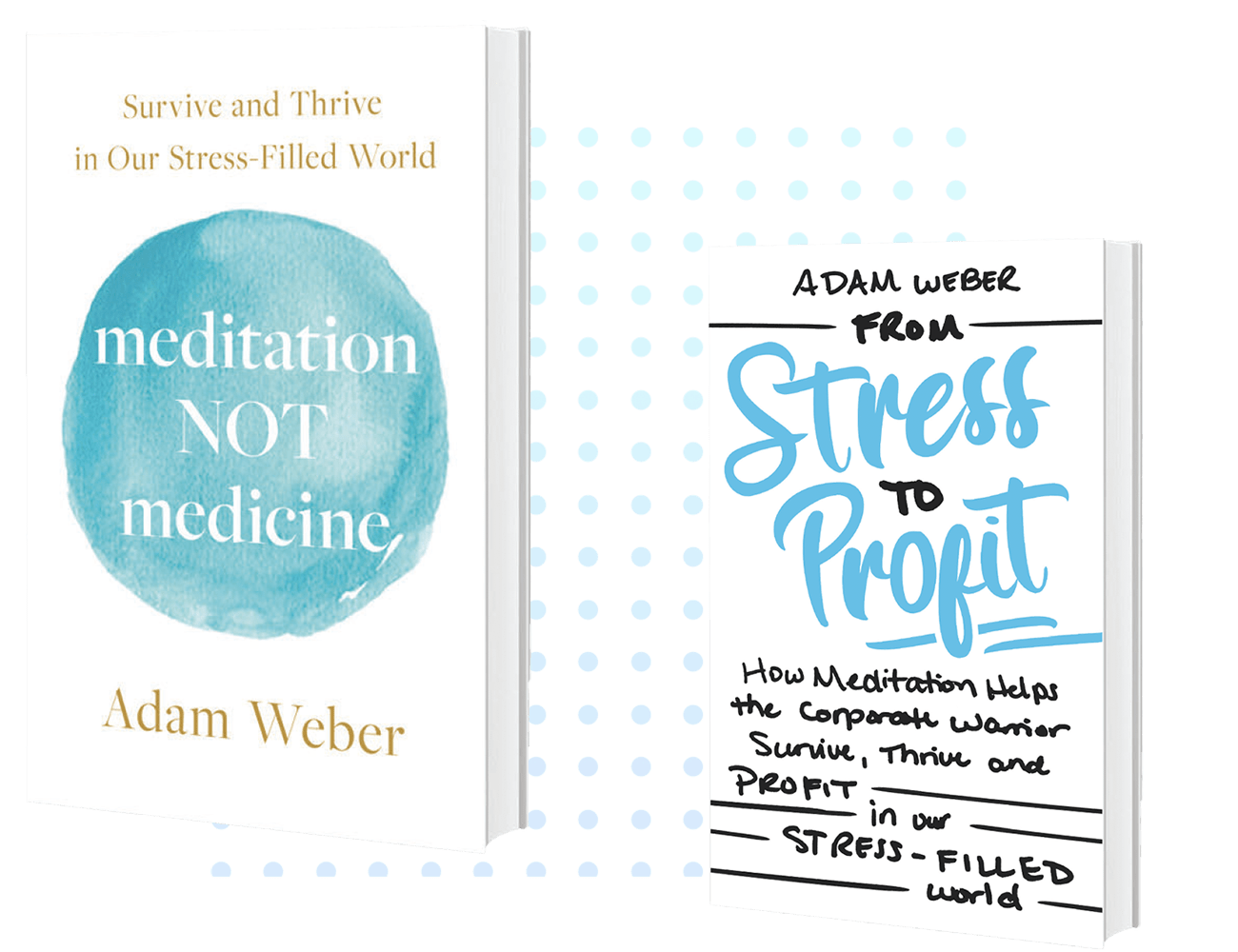When you start meditating, you may be wondering how to end your sessions. The way you use those final moments can make your practice more beneficial.
Headaches are a common symptom for beginners who jump off the cushion to check their phones or watch TV. Moving slower and shifting your attention gradually will be less jarring. Experiment with these steps for your body and mind so you can develop a routine that works for you.
Steps to Take with Your Body:
1. Scan all over. Review your body from head to toe. Notice any spots where you might feel sore or stiff. Give your neck a gentle massage or relax your brow.
2. Adjust your clothing. The room may have grown warmer or cooler while you were absorbed in your thoughts. Add a layer or take one off as needed.
3. Start by wiggling your fingers and toes and then circle your wrists and ankles. Stand up slowly. Walk around the room for a few minutes. 3. Move in increments. It will give you a chance to warm up and raise your metabolism rate back up.
4. Stretch gently. Perform easy stretches. Bending forward at the waist helps to balance prolonged sitting. Rotate your neck from side to side. Extend one arm at a time across your body to stretch your shoulders.
5. Practice breathing. On days when you have a little extra time, you can remain seated a few moments longer for breathing exercises. Try easing anxiety with a few long exhalations that are about twice as long as your inhalations.
6. Eat and drink. You may need water and food on a practical level because it’s usually preferable to meditate on an empty stomach. Go whip up a smoothie or a vegetable frittata.
Steps to Take with Your Mind:
1. Give yourself notice. Spend a few minutes reviewing your thoughts, connecting with your feelings, and taking note of any topics you want to explore another time. Silently tell yourself when you’re ready to wrap things up.
2. Work on your timing. How do you know when your meditation time is over? You can decide in advance how long your session will be. On the other hand, you may want to continue meditating as long as you maintain your concentration. Start with about 5 minutes and work your way up.
3. Express thanks. Appreciate all that your body and mind do for you. Let them know that you’re grateful for the opportunity to meditate so that you can work on your personal growth.
4. Say a prayer. If meditating is part of your faith tradition, you probably have closing prayers you use regularly. You can also repeat any word or phrase that you find inspirational.
5. Assign homework. Use your meditation sessions to develop a specific plan of action. If you meditate about putting forth more effort, resolve to clean the garage or go jogging each morning. Make your goals challenging but feasible.
6. Dedicate your efforts. Please think of how authors dedicate their books. Devote the progress you make each session to your children or to increasing your patience.
7. Prioritize your activities. Apply the insights you develop during meditation to the rest of your life. Limit distractions and fill your hours with activities that are meaningful for you.
Making a smooth transition out of meditation and back to your daily routine will help you realize your sessions’ full benefits. You’ll deepen your awareness and enjoy greater peace of mind.


